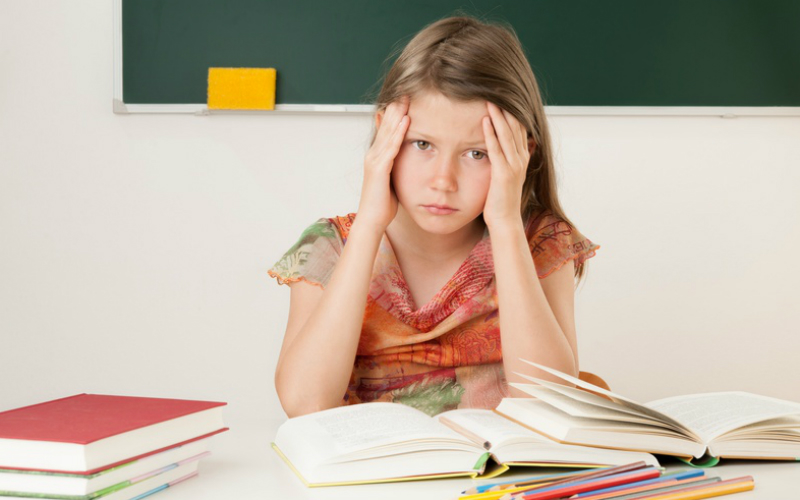There are numerous misalignments. Some are innate, others are acquired. They can have a negative impact on a child’s development. This can result in back pain and hip problems. You can prevent misaligned feet by walking barefoot and wearing the right children’s shoes. Everything about foot deformities in children.

Children’s feet are sensitive
In his life, a person travels about 80,000 kilometers on foot. That corresponds to two round-the-world trips. So that he can do this, his feet are very complex. Around a quarter of all human bones are in the feet. Feet are also very sensitive. You can see even the smallest bumps. This complexity of the feet also makes them susceptible to misaligned feet. Especially in childhood.
Around every eighth child of kindergarten age has a foot deformity. Some of them, like the X and O legs, disappear with the Time by itself again. Others like club feet or sickle feet need to be treated. Sometimes even operational. Fortunately, such serious misalignments occur very rarely. And very often they are not innate, but acquired. This means that with a few precautions, misaligned feet can be completely avoided.
Possible foot misalignments in children’s feet
The most common foot misalignments are x-legs, bow legs and flat feet (flat feet). X- and bow legs grow together in 99.9% of all cases. If flat-footed feet appear on both legs, they are usually harmless as well. These also grow together until puberty. However, such foot misalignments should be observed again and again. Because they can cause back problems and hip problems.
Clubfoot, sickle foot or serpentine foot are dangerous misalignments. They only occur in 2% of all children and are mostly innate. To correct these misaligned feet, therapies and some operations are necessary. It often takes many years for a child to walk normally.
Consequences of misaligned feet in children
Misaligned feet can lead to other diseases. Because the wrong position of the foot keeps the child’s body completely different. For example, it compensates for a lack of stability due to the misalignment of the feet with X or O legs. Occasionally it also keeps the hip very slanted. This can result in back problems and hip damage. It is not unusual for the knees to be affected. The abnormal position of the feet leads to an unhealthy posture at all.
Motor problems can also result from misaligned feet. This way, small children have difficulty learning to walk. Later, they find it difficult to run, climb and play ball. Many misaligned feet grow together until puberty. By then, however, developmental setbacks may have occurred. If your child has a misaligned foot, you should have it examined regularly and closely observed.
How to prevent misaligned feet
The best way to prevent misaligned feet is walking barefoot. Because shoes don’t just protect children’s feet. You narrow them down too. Therefore, your child should be allowed to walk barefoot or in socks in good weather. For example, in the playground. Make sure that the children’s shoes fit as well as possible. And do foot exercises. This can be, for example, wobbling on the tip of your toes while brushing your teeth. Picking up objects with your foot is also helpful. Some children are so talented that they can even paint with their feet. As a guideline, the more trained and free the children’s feet are, the less likely they are to have misaligned feet.
The right children’s shoes
Children’s shoes have to fit. If they are too tight, they compress the foot and cause clenched toes. If the shoes are too big, the foot will slide back and forth. The ligaments and bones are also at risk. It is important that you keep checking this. Because within a year, a child can grow up to three shoe sizes. Children often don’t even notice when their shoes are too tight.
Second hand shoes are not to recommend. Each shoe adapts somewhat to the shape of the child’s foot. With a worn shoe, your child is literally stepping into another child’s footprints. This favors misaligned feet. Better buy your child’s own shoes. You should pay particular attention to freedom, stability and supportive properties.
RELATED ITEMS
-

Small children’s feet need healthy children’s shoes
The foot is a complex structure made up of 26 bones and 35 joints, which are held together and supported by the ligaments. A baby’s foot is with…
-

Prevention of violence: non-violent communication with children
Reading time: 2 minutes For violence prevention, the most important basic rule is to listen when you communicate non-violently with children or adolescents…
-

Teach children how to deal with disabilities
I recently came across Raul’s side. A fairly well known, because really impressive man, who is so natural with his…
-

Performance pressure in children
Getting up early, lots of class work, perfectionism: pressure to perform in children can lead to increased stress even in primary school. long-term…
